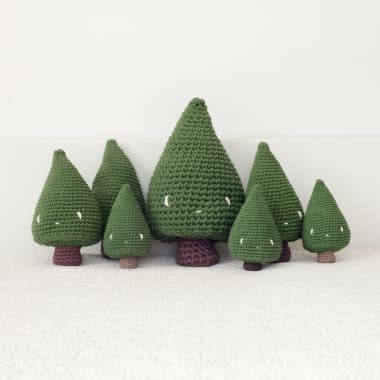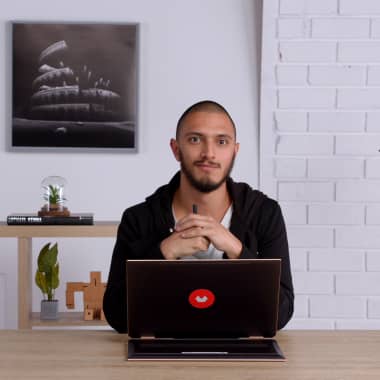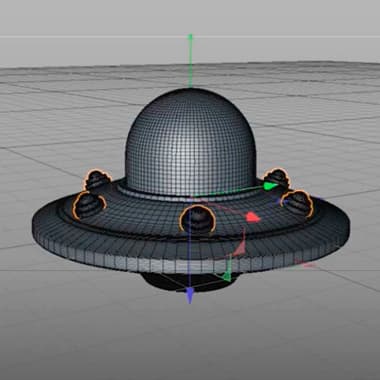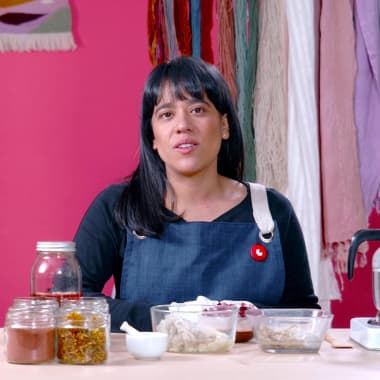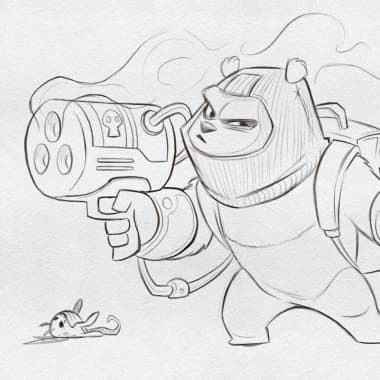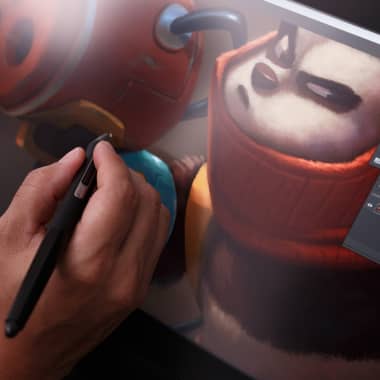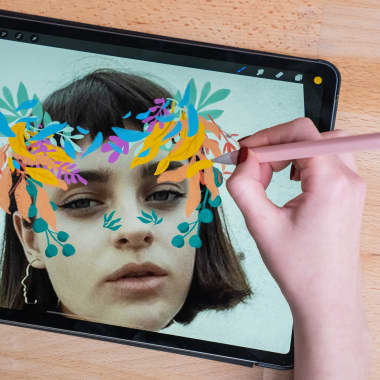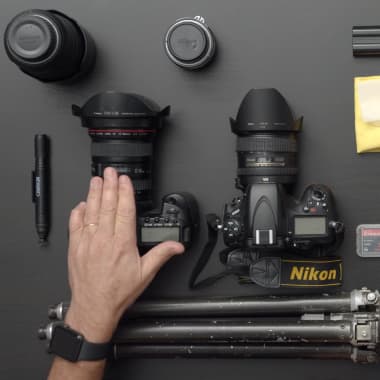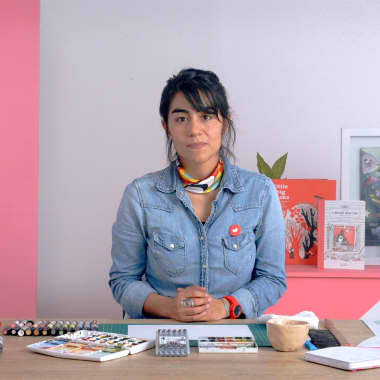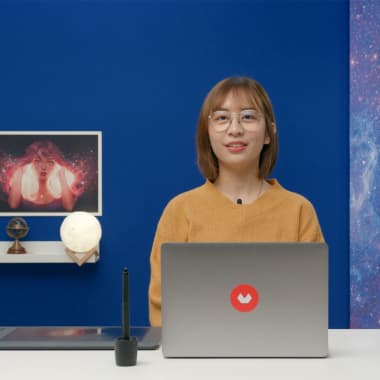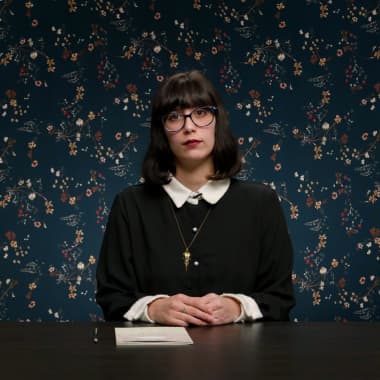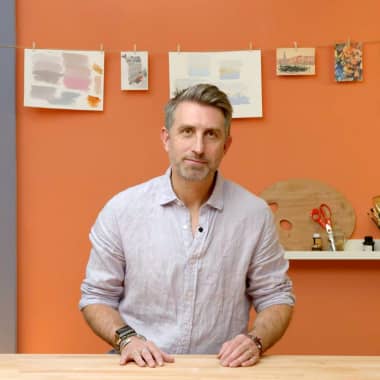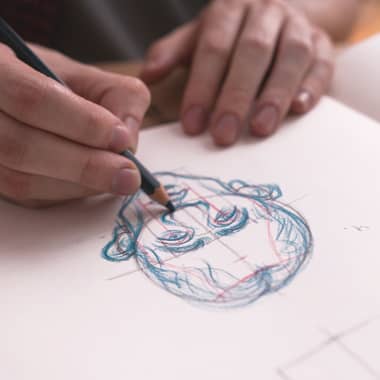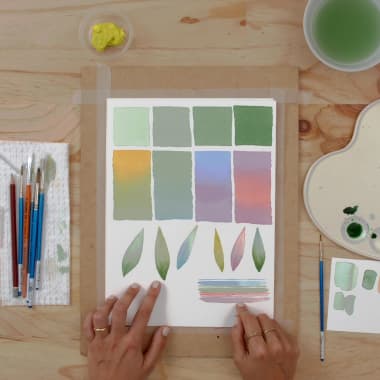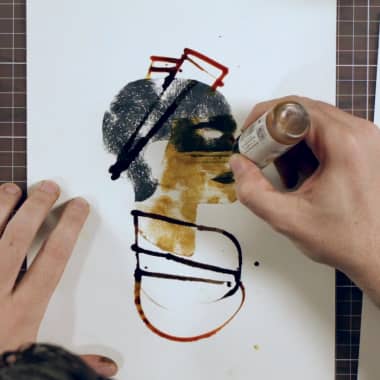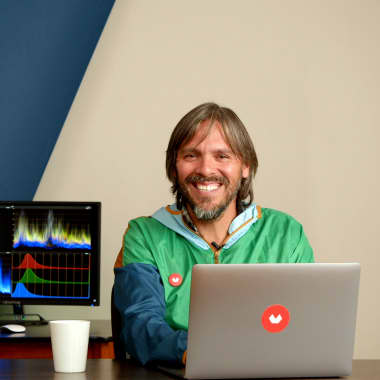
5 Steps to Basic Color Correction in DaVinci (TUTORIAL)
Learn the basics of solid coloring through primary correction with Leo Fallas Primary color correction affects the whole shot of the audiovisual work that we want to color correct and is, therefore, the foundation of a consistent color, that contributes to the visual character and coherence of our videos. That is why Leo Fallas (@leofallas), colorist and postproducer, explains in this tutorial how to do so well, using colors, curves and other tools in DaVinci Resolve to achieve a perfect balance in our images.




